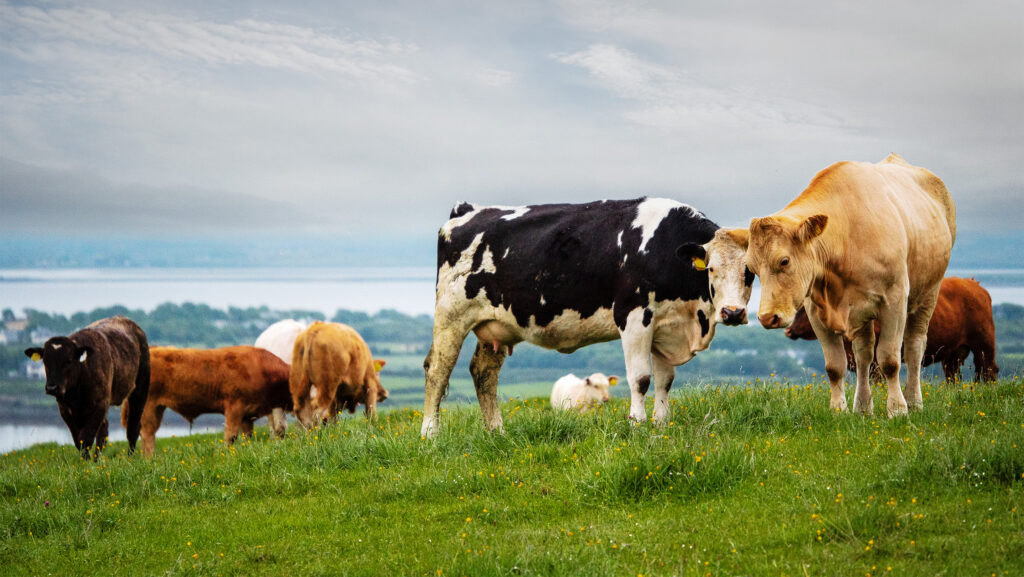Red tape pressure lifts Irish cow culling 10%
 © Adobe Stock
© Adobe Stock More evidence of tighter cattle supplies is coming out of Ireland, where beef and dairy dispersals are rife.
Irish Food Board data show a 25,820-head increase in cows culled from January to August, taking total slaughter to 280,823 head.
This 10% increase will mean more cow beef in the short term, but less beef in 2025 and beyond.
See also: Inconsistencies in border inspections ‘crippling’ meat industry
Furthermore, Irish cattle exports are up 5% this year so far, after lifting 14% last year.
Ireland’s Central Statistics Office figures for December 2023 reveal a stabilisation in Irish dairy cow numbers after post-quota expansion at 1.51 million head last year.
Suckler cow numbers have contracted 24% in 10 years, currently at 818,600 head.
Trade sources say fewer Irish animals will be available to influence the British price.
According to farmers, various government policy instruments in the Nitrates Action Programme are influencing the trend:
- Organic conversion Stocking rates are falling. The government is offering £253/ha during conversion phase and £211/ha thereafter, plus participation payments of up to £1,688
- Excretion rates A change from a flat rate of 85kg of nitrogen a cow to 80kg (less than 4,500kg of milk), 92kg (4,501-6,500kg), and 106kg ( greater than 6,501kg), depending on yield
- Prohibited applications Tighter rules on winter slurry spreading.
Cows.ie livestock specialist Alan Clarke said he had seen a rise in dairy dispersals.
“It seems like for every farmer getting into cows, there are three getting out,” said Mr Clarke.
“Some farms ended up with surplus cows, due to rule changes, and were in a position where they had to sell quickly, so were unable to achieve a premium price from the marketplace.”
Auctioneer Mike Kissane of the Iveragh Co-op Mart, County Kerry, said that cull suckler cow throughputs had trebled to 60-70 head at fortnightly sales.
“We’ve had two bad years in a row where turnout has been delayed,” said Mr Kissane.
“A major factor is the next generation have moved into towns and cities and may prefer white collar jobs over farming.
“We used to sell 20-40 in-calf heifers; we are only finding five or six now.”
He added that straw prices were £45-£50 for a round bale delivered from County Wexford.
“We are expecting more cows to be sold before winter comes.”
